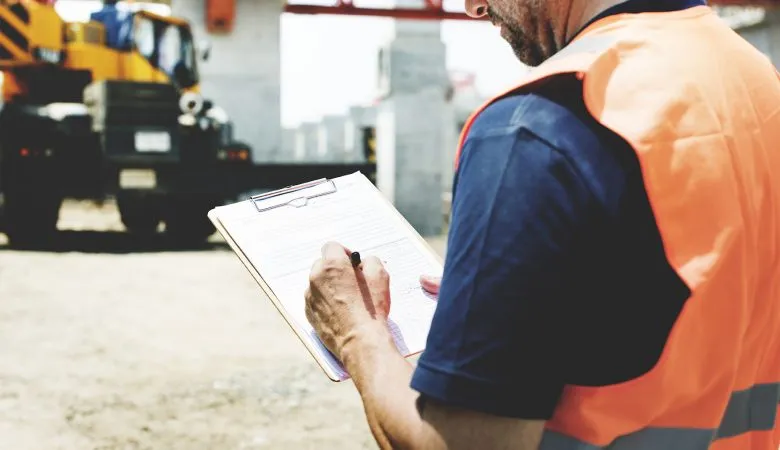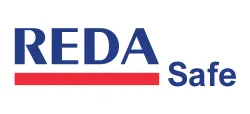The 6 priorities of an OSHA Safety inspection

Should the possibility of an inspection arise, here are six main priorities OSHA investigators consider before pursuing an OSHA investigation in order of importance:
- Imminent danger situations—hazards that could cause death or serious physical harm receive top priority. Compliance officers will ask employers to correct these hazards immediately or remove endangered employees.
- Severe injuries and illnesses—employers must report:
• All work-related fatalities within 8 hours.
• All work-related inpatient hospitalizations,
amputations, or losses of an eye within 24 hours. - Worker Complaints—allegations of hazards or violations also receive a high priority. Employees may request anonymity when they file complaints.
- Referrals of hazards from other federal, state or local agencies, individuals, organizations or the
media receive consideration for inspection - Targeted inspections—inspections aimed at specific high-hazard industries or individual workplaces that have experienced high rates of injuries and illnesses also receive priority.
- Follow-up inspections—checks for abatement of violations cited during previous inspections are also conducted by the agency in certain circumstances.
The inspection
During the site inspection, the inspector will check the individual work areas for hazards and establish whether these have been recorded in the risk assessment and are managed appropriately. The following factors are checked for potential risks:
- Mechanical hazards – e.g. corners, edges, sharp points etc.
- Electrical hazards – e.g. equipment that carries live voltage
- Chemical hazards – e.g. poisonous substances in the air
- Biological hazards – e.g. from plants, animals or microorganisms
- Fire and explosion hazards
- Thermal hazards – e.g. hot or cold surfaces
- Physical hazards – e.g. noise, radiation, pressure etc.
- Physical strains – e.g. posture during work
- Psychological stressors – e.g. workflow, activity, working conditions etc.
- Working environment – e.g. temperature, lighting, furnishings etc.
- Awareness and management
- Organisation, cooperation and qualification
The inspection of technical areas is carried out by technical supervisors. These are trained scientists, engineers and master technicians.
Sometimes, only certain parts of the different work areas or certain employee groups can be investigated in the course of a site inspection – in these cases, the investigation is known as a spot check.
Any shortcomings identified during the inspection are recorded in a protocol.
The debrief after the health and safety inspection
After the inspection, there is a review in the form of a debrief. This involves an in-depth discussion about the protocol in which any hazards or shortcomings have been recorded and how these might be eliminated. The site inspectors will determine how each problem should be rectified and will set a deadline by which this must be achieved. The employers’ liability insurance association will then arrange a follow-up visit to check that the hazards have been taken care of as discussed. The occupational safety experts and company directors are responsible for making sure the changes required as a result of the site inspection are implemented. The heads of each department must also be informed about the problems identified. It is best practice to record all the issues discussed and the deadlines for each action point in your own protocol – if no follow-up visit has been agreed, you can assume that the next health and safety inspection will take place immediately after the deadline. That’s why it is important to take the identified shortcomings very seriously and rectify them as soon as possible.
Further Reading:
